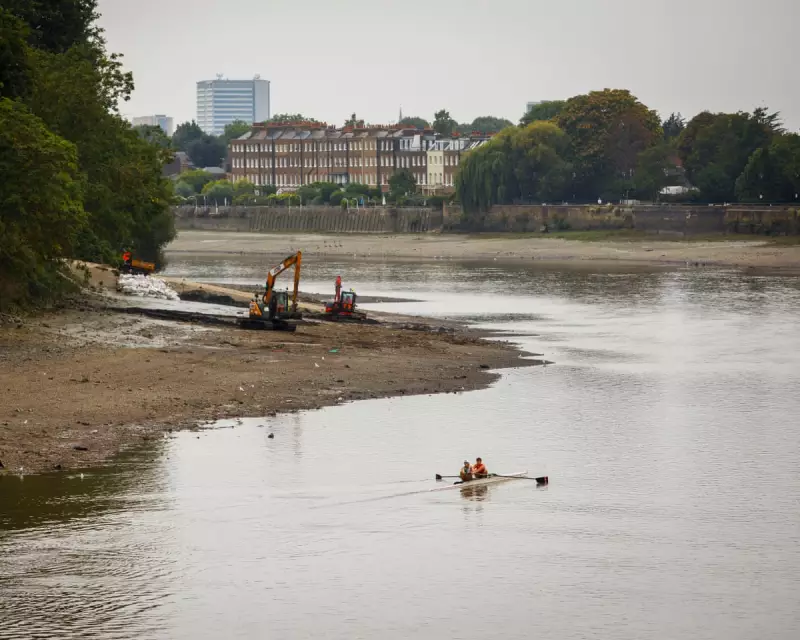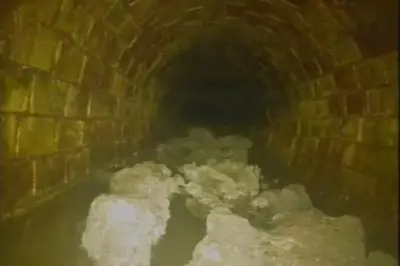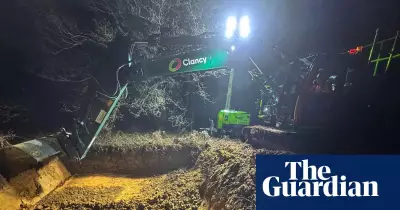
An alarming environmental phenomenon has emerged in the heart of London as a massive accumulation of wet wipes has created an artificial island in the River Thames near Hammersmith Bridge. This grotesque formation, measuring several metres long, stands as a stark symbol of the capital's plastic pollution crisis.
The Growing Menace in the Thames
Environmentalists have expressed grave concerns as the so-called 'Wet Wipe Island' continues to expand, disrupting the natural flow of the river and posing serious threats to aquatic life. The mound, composed primarily of non-biodegradable wet wipes flushed down toilets, has become a permanent fixture in the Thames landscape.
Ecological Impact
Marine biologists warn that the artificial island is causing multiple environmental problems:
- Blocking natural water flow and altering sediment patterns
- Trapping plastic debris and other pollutants
- Creating hazardous conditions for fish and bird species
- Releasing microplastics into the water as the wipes break down
Public Outcry and Calls for Action
Local residents and environmental groups are demanding immediate action from authorities and water companies. The situation near Hammersmith Bridge has become particularly visible during low tide, exposing the shocking scale of the problem to passersby.
"This is a man-made environmental disaster unfolding before our eyes," said one Thames conservation volunteer. "These products are marketed as 'flushable' but they're destroying our river."
Industry Response
Water companies have launched public awareness campaigns about proper disposal of wet wipes, while some retailers have begun removing 'flushable' claims from packaging. However, campaigners argue more stringent regulations are needed to address the root of the problem.
The Bigger Picture
The Hammersmith Bridge incident highlights a nationwide issue, with similar accumulations reported in other UK rivers. Experts estimate that wet wipes account for over 90% of material causing sewer blockages, costing millions annually in cleanup operations.
As climate change increases rainfall intensity in London, the problem is expected to worsen, with more sewage overflows discharging untreated waste - including wet wipes - directly into the Thames.





